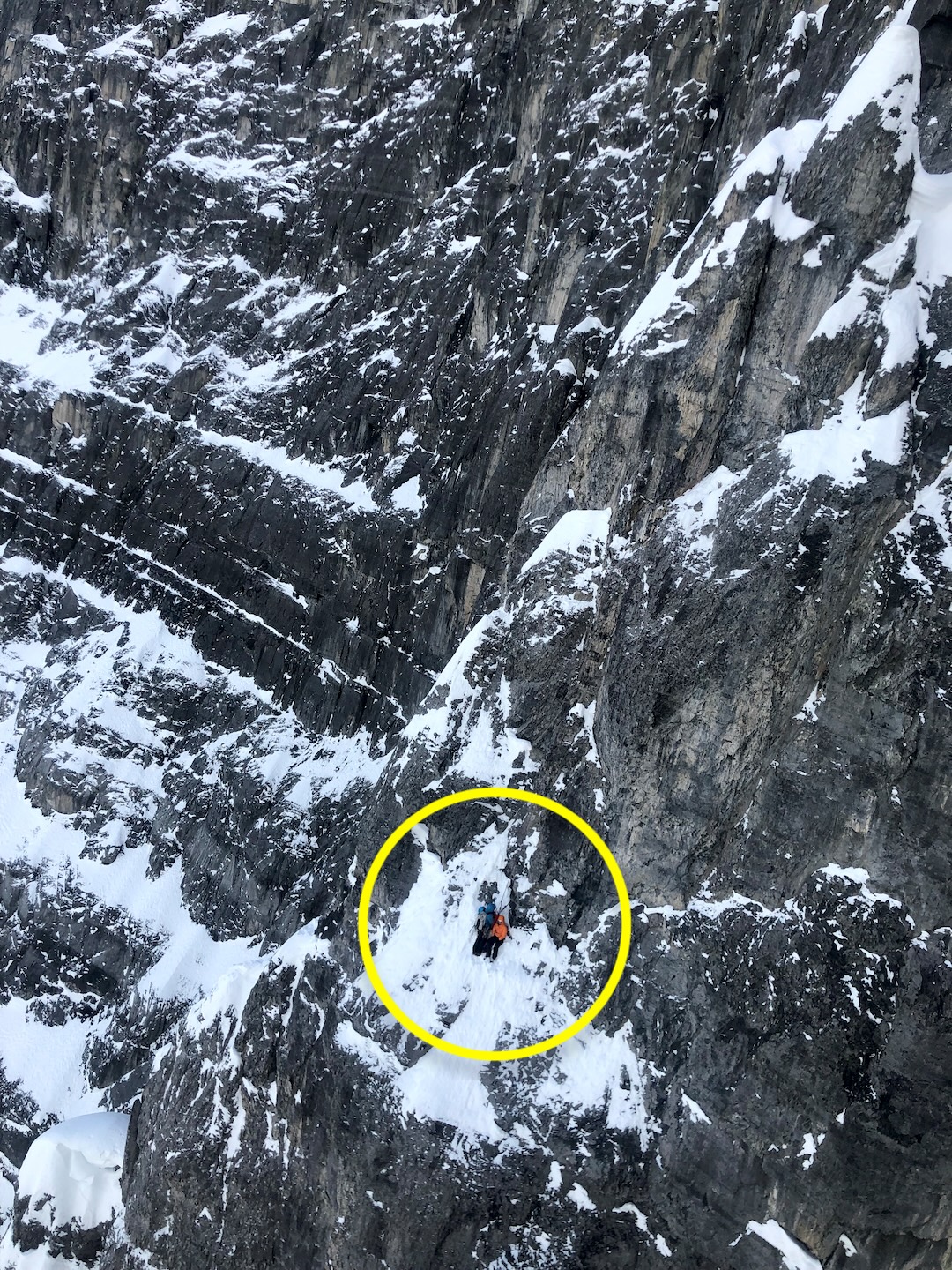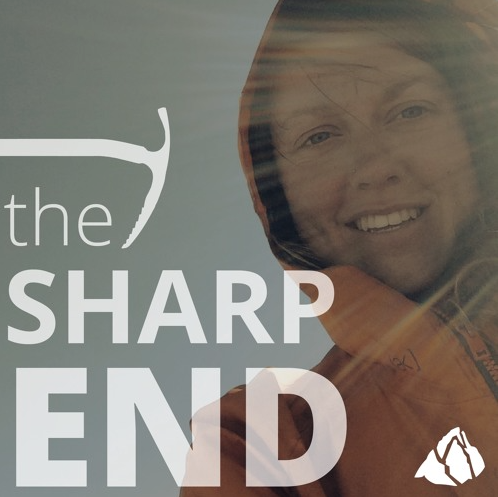Fall on Rock — Protection Pulled Out
Canada, Alberta, Banff National Park, Mt. Temple

On March 23, Michelle Dvorak and Kurt Ross were climbing the Greenwood-Locke Route (1,375 meters, Grade V) on the north face of Mt. Temple in full winter conditions. In summer, the route is given a technical grade of 5.10+, but do not base your expectations on the grade. It has been climbed a handful of times in winter (M6 WI5).
The team was nearing the top. As Ross recalled on Instagram, “I took a long time to climb a loose crux pitch in the dark.... We bivied on a small ledge…. [The next day] Michelle began the next lead block up exposed and runout slabs.”
The team was unsure where the next pitch went. Dvorak led up a pinnacle, passing wooden protection from an earlier ascent, but when she reached the top of the tower, it seemed there was no feasible way back to the main wall. She then downclimbed the pinnacle to try another option. As she was making a tension traverse to access another possible line, a piece of protection failed.
As Dvorak wrote on Instagram, “We were only two or three pitches away from the exit ramp when I made the mistake of weighting a cam so as to lower myself down to traverse a blank-looking slab further below.... The gear held at first, but given that the rock was all rather bad, it’s not really a surprise that I suddenly went for a long sideways ride, ripping yet another cam and fracturing a few small bones in my back after impacting the wall. The pain was so intense.”
Ross wrote on Instagram, “I lowered her to a small ledge then rappelled from my hanging belay to meet her. Considering the mechanism and symptoms of her injury, her reduced mobility, and the difficulty of bailing up or down the face, we decided that contacting parks rescue was the safest option.”
Dvorak and Ross used their cell phone to call for a rescue at 3:08 p.m. When the rescue team arrived, both climbers were at a belay anchor on a small ledge. Rescue was able to long-line into their location to prepare the injured climber for extraction off the wall. The climbing party was then long-lined off the wall in two loads.
ANALYSIS
The climbers were very experienced and highly skilled. They had done a significant amount of research prior to their ascent, including reading accounts of previous ascents and studying photographs of the route. In hindsight, the leader felt she could have taken more time investigating and excavating a spine of snow that led back to the wall from the pinnacle. They had earlier assessed this option as unlikely.
One challenge for the party was that much of what they had read about the climb was from summer ascents. The route looked different in winter conditions, adding significant difficulty in interpreting the information. Also, the topography of Mt. Temple is blocky and often nondescript limestone, without the long crack systems and corners that characterize other types of rock. As mentioned in an Alpinist.com feature, winter climbing in general on Mt. Temple “varies significantly from year to year, month to month, even day to day. A winter mixed climb can change from impossible to somewhat casual depending on the conditions.” (Sources: Ian Jackson of Parks Canada, @michelle_divorjaque, @kurtross, Alpinist.com and the Editors.)

